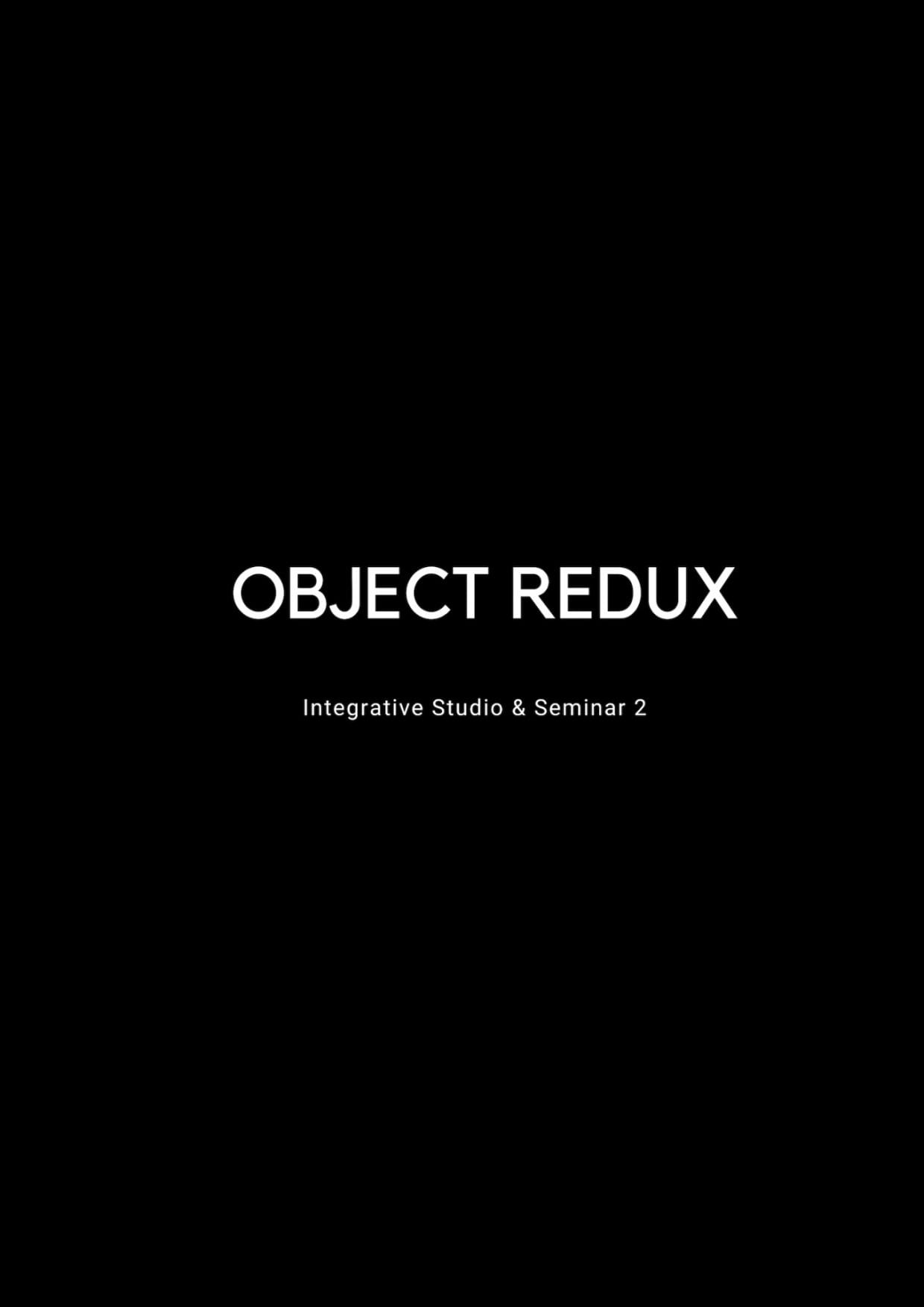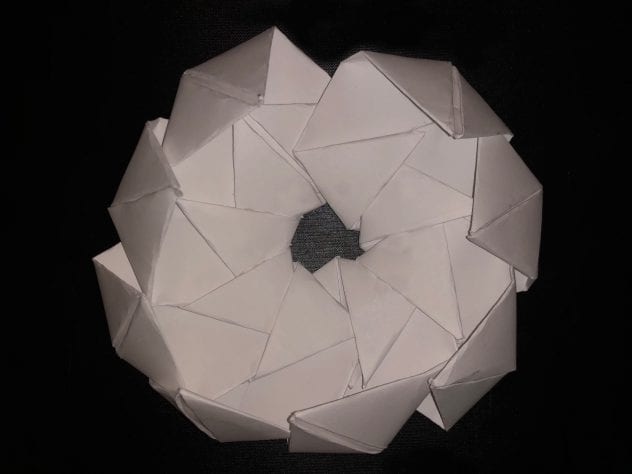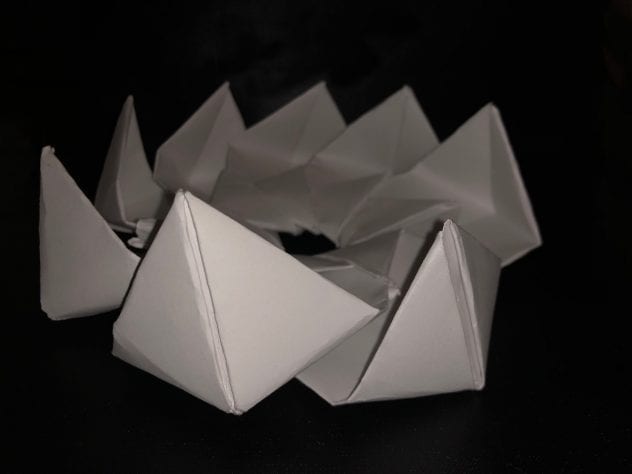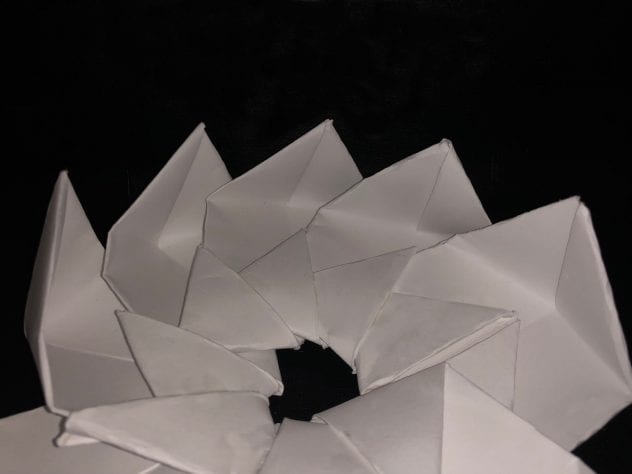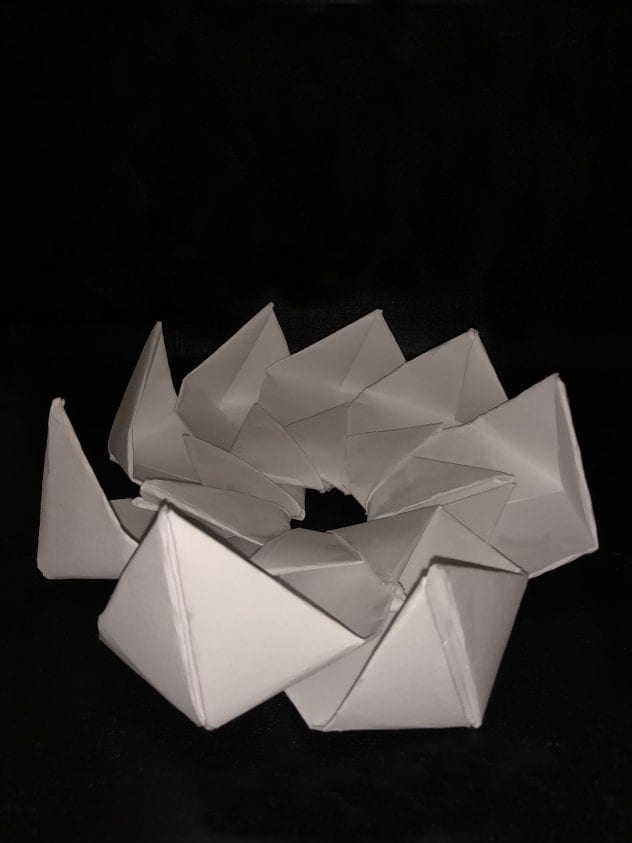The object of my choosing was a pack of sanitary napkins or pads. It was located in the hygiene department of Monoprix, which is usually fairly uncrowded. The object is created to be functional and is used by women who are menstruating to absorb menstrual flow. A packet of sanitary napkins comes in many shapes and sizes, depending on the brand and the level of absorption and coverage one desires. It has a flat form. The specific one I’ve chosen is from the brand “Always” and consists of four layers: The top-sheet, the secondary top-sheet, the core, and the back-sheets. Not including the Wrapper. The packaging has practical information for easier choice-making for consumers. Although the commercial sanitary napkin only started being produced in 1888 by Johnson & Johnson, the usage of other types of pads could be dated as far back as to the 10th century in Ancient Greece, in the form of menstrual rags. Before the commercial versions were affordable enough for the general public, women used other alternatives. However, even when they became more affordable, women were embarrassed to ask for them and it took a while to get accustomed to. Moreover, in less economically developed countries, it was generally considered taboo to talk openly about sanitary napkins until about a few years back. “As much as 82 of percent women in India still do not know what a sanitary napkin is or what it is used for” (Times of India). And even if they do, they are not able to afford this basic necessity. This is also exacerbated by the lack of proper education. The same women who produce clothes for below minimum wage only to have them sold for a higher price are also the women who are unable to afford a basic health necessity.
For my Studio/Seminar research project, I intend to focus on female garment workers in less economically developed countries, and the hardships they face regarding their difficult living conditions and lack of basic needs. Therefore, for my object redux I propose a sculpture of a lotus, made up of several sanitary napkins. This changes its value from a functional object to something that’s more symbolic. The lotus is the national flower of India and in Hinduism, it is associated with Lakshmi, who is the goddess of wealth, fortune and prosperity. The lotus also serves as a reminder that good and prosperity can bloom despite one’s surrounding. These add a layer of irony to the piece. My prototype was created with folded paper as I did not want to use actual pads. However, it is imagined to be the frame which the pads would then be stuck on, both on the interior and exterior. The scale would be and it would preferably be displayed in a public space along with a statement in order for people to better understand the work. The project could be further developed by actually reaching out to some NGOs who make more affordable or even free pads for women in need and could be used as a promotional piece to spread awareness of the existence of such movements.
Link to first post:
Sources:
http://smartlabel.pg.com/00037000029229.html
https://timesofindia.indiatimes.com/life-style/health-fitness/health-news/only-18-women-in-india-have-access-to-sanitary-hygiene-in-india/articleshow/64931350.cms
https://www.femmeinternational.org/the-history-of-the-sanitary-pad/
